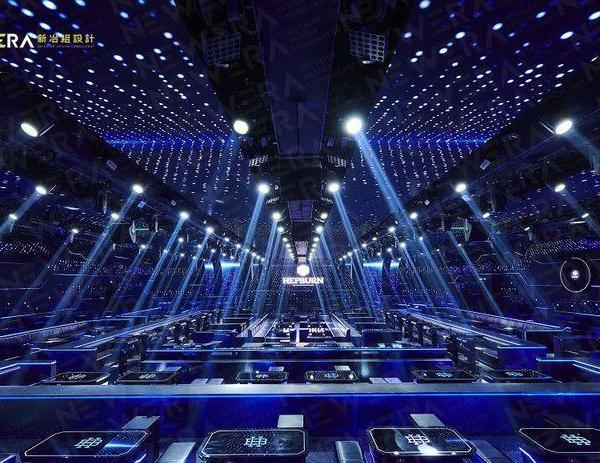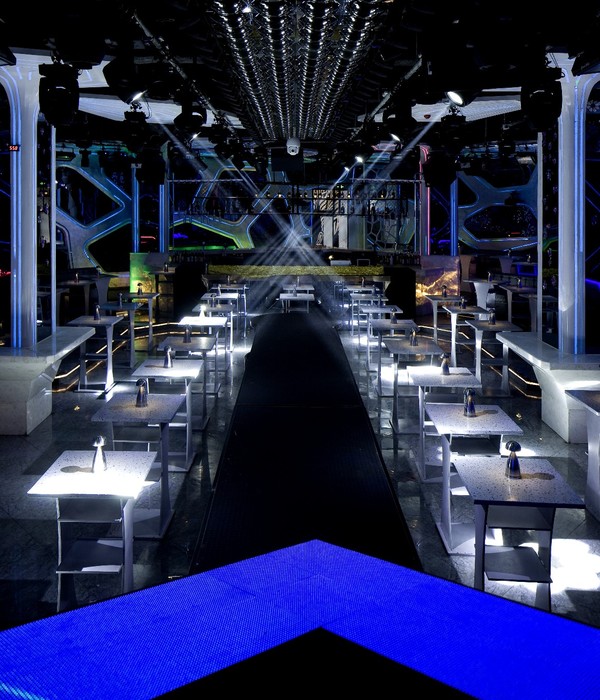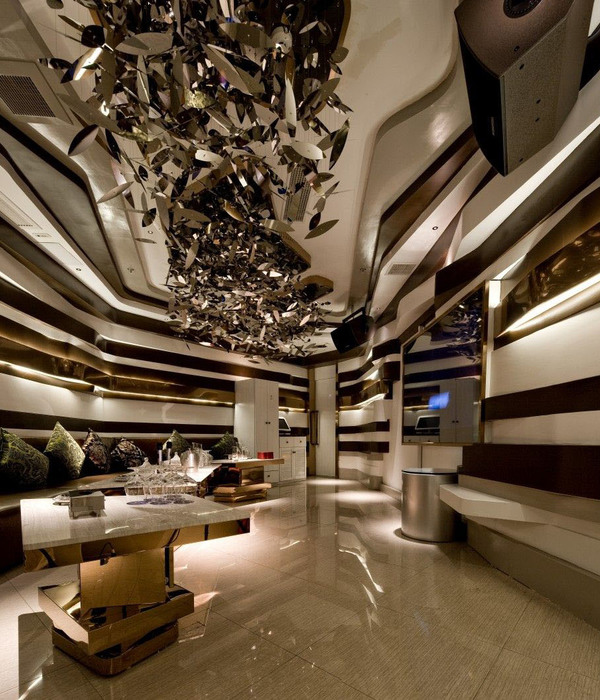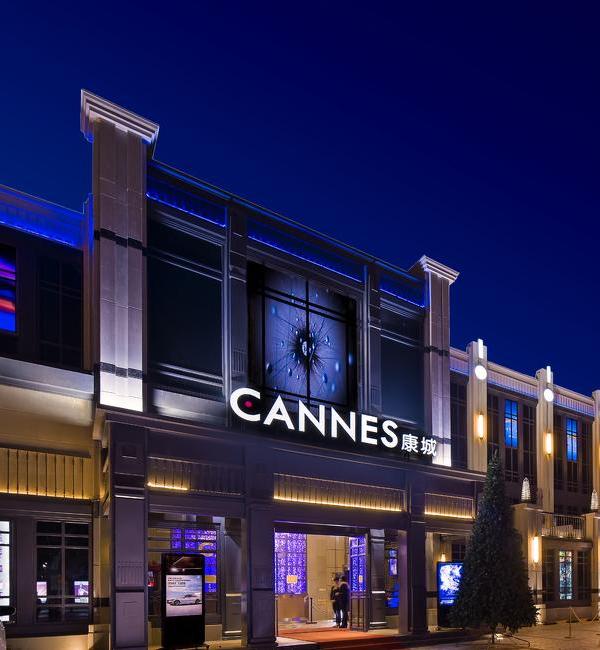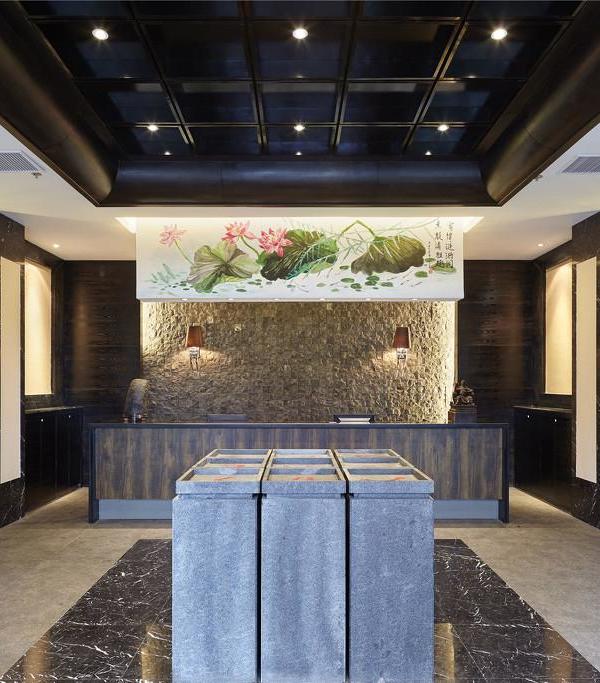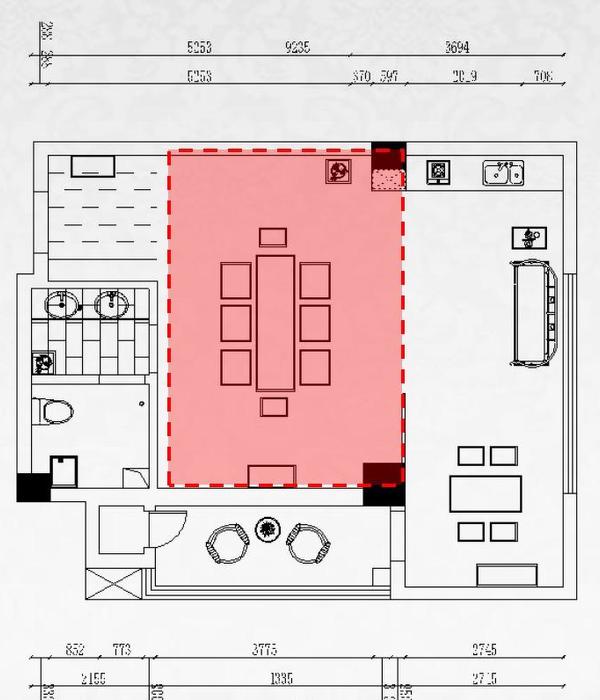- 项目名称:Aruma 分层花园
- 设计方:RAD+ar
- 项目地点:雅加达
- 项目面积:2500㎡
- 完工时间:2024 年
- 主要材料:可持续饰面材料
在土地价值不断上涨的挑战下,“分层花园”的设计是对分层设计如何发展的一项研究,它在多个租户的院落中创造了不同的区域,同时在相对紧凑的占地面积内将自然融入建筑环境中。设计的迭代反映了 RAD+ar 对意义的追求,以及在优化流线方面不断发展的作用。
In the challenge of rising land values, the Split garden was created as a study of how split-level design can evolve, creating distinct zones within a compound of multiple tenants while incorporating nature within the built environment in a relatively compact footprint. The iteration of the design reflects RAD+ar’s search for significance and evolving roles in optimizing circulation.
▼项目鸟瞰,project Ariel view©Mario Wibowo
设计融合了屋顶、外墙、墙壁、对角线式的悬臂结构和家具元素,所有这些都采用现代设计,与商业区的热带环境融为一体。建筑和空间中融入了自然光、绿化、自然景观、天然材料和其他感官体验等整合元素。
The design incorporates elements such as roofs, facades, walls, diagonal cantilevered structures, and furniture elements, all in a contemporary design that blends with the tropical surroundings of the commercial area. Integration elements like natural light, greenery, views of nature, natural materials, and other sensory experiences are incorporated into the buildings and spaces.
▼建筑鸟瞰,Ariel view©Mario Wibowo
▼屋顶设计,roof design©Mario Wibowo
建筑设计采用南北朝向,以保留后花园现有的绿色植物。这种设计方法旨在通过创造一个连接两端巨树的风道来拓展空间体验。然而,在不牺牲任何绿化的情况下,如何优化多层商业空间是一个挑战。
▼剖面图,section©RAD+ar
The design of the building was oriented north-south to preserve the existing greenery in the rear garden. This design approach aimed to expand the spatial experience by creating a wind tunnel that connects the two giant trees at both ends. However, this situation posed a challenge in optimizing the multi-level commercial spaces without sacrificing any greenery.
▼创造连接两端巨树的风道,creating a wind tunnel that connects the two giant trees at both ends©Mario Wibowo
为了应对这一挑战,建筑师将结构元素融入设计的空间规划中。这样就实现了从前庭的无缝过渡,以对角线的方式为三种业态创造了一个环形连接:底层是餐厅,夹层空间是酒吧,在空间之间还有一个延伸到屋顶的啤酒花园。不同的空间体验和特色在项目中的融合确保了设计的连贯性。
▼概念图,concept©RAD+ar
To address this challenge, the structural elements were integrated into the spatial planning of the design. This allowed for a seamless transition from the front garden, diagonally creating a loop connection for three tenants: restaurants on the ground floor, a bar in the mezzanine space, and a beer garden in between spaces extended to the rooftop. This integration of different spatial experiences and characters within the development ensured a cohesive design.
▼分层的三种业态,split three programs©Mario Wibowo
此外,还在空间之间设计了花园,以确保不同材料和组件之间的连接顺畅无缝。这不仅创造了赏心悦目的设计,还提升了整体用户体验。
In addition, gardens were appreciating between spaces to ensure smooth and seamless connections between different materials and components. This not only created a visually pleasing design but also enhanced the overall user experience.
▼花园景观,garden landscape©Mario Wibowo
▼花园景观,garden landscape©Mario Wibowo
为了优化结构设计,目标是最大限度地减少材料使用和能源消耗。为此,建筑师仔细考虑了结构元素的承重能力,并采用了高效的施工技术。此外,考虑到材料对环境的影响和特性,还选择了可持续的饰面材料。设计的目标旨在优化整合和考虑可持续性,设计实现了功能、美学和环境责任之间的平衡。
To optimize the structural design, the goal was to minimize material usage and energy consumption. This was achieved by carefully considering the load-bearing capacity of the structural elements and using efficient construction techniques. Furthermore, sustainable finishing materials were chosen, taking into account their environmental impact and attributes. By targeting optimal integration and considering sustainability, the design achieved a balance between functionality, aesthetics, and environmental responsibility.
▼室内环境,indoor space©Mario Wibowo
▼延续道屋顶上的花园,garden extended to the roof©Mario Wibowo
▼室内环境,indoor space©Mario Wibowo
在设计中实现优化整合指的是一种考虑周到的设计手法,将建筑中的不同元素和组合部分完美地融合在一起。这一手法在例如功能、美学、环境、持续性和用户体验等各个方面创造了一种和谐的关系。设计的目标旨在实现完整平衡的设计,所有的元素共同协作,来强调整体的质量和空间效果。
Targeting optimal integration implemented in design refers to a careful and thoughtful design approach that aims to seamlessly blend different elements and components within a building. This approach creates a harmonious relationship between various aspects such as functionality, aesthetics, context, sustainability, and user experience. The goal is to achieve a cohesive and balanced design where all elements work together to enhance the overall quality and effectiveness of the space.
▼不同灯光场景下的室内环境,indoor space under various lightings©Mario Wibowo
Aruma 分层花园是 RAD+ar 事务所的众多迭代作品之一,展示了事务所在众多商业项目中致力于非集中化的可持续性的承诺,这也许会影响很多来自类似印度尼西亚的发展中国家的开发商去遵循。通过对建筑居住者和使用者的教育,使他们了解设计中包含的可持续特征和做法,从而鼓励负责任的行为和对可持续性的承诺,从而更好的实现可持续。
Aruma split garden is one of many iterations from RAD+ar to showcase their commitment on decentralizing sustainability amongst many commercial projects that might inspire many developers in developing country such as Indonesia to follow. Promoting sustainability by educating building occupants and users about the sustainable features and practices incorporated into the design that can encourage responsible behavior and a commitment to sustainable living.
▼夜景,night view©Mario Wibowo
▼夜景,night view©Mario Wibowo
▼夜景鸟瞰,Ariel view at night©Mario Wibowo
▼模型,model©RAD+ar
▼一层平面,ground floor plan©RAD+ar
▼二层平面,second floor plan©RAD+ar
▼屋顶平面,roof floor plan©RAD+ar
▼剖面 1,section 1©RAD+ar
▼剖面 2,section 2©RAD+ar
▼剖面 3,section 3©RAD+ar
Project Name: Aruma Split Garden
Office Name: RAD+ar
Social Media Accounts: @radarchitects (IG)
Firm Location: Jakarta & Bali, Indonesia
Completion Year: 2024
Gross Built Area (m2/ ft2): 2500 m2
Project Location: Jakarta
Program / Use / Building Function: Restaurant / Bar
Lead Architects: Antonius Richard & Leviandri
Photographer
Photo Credits: Mario Wibowo
mario
{{item.text_origin}}

